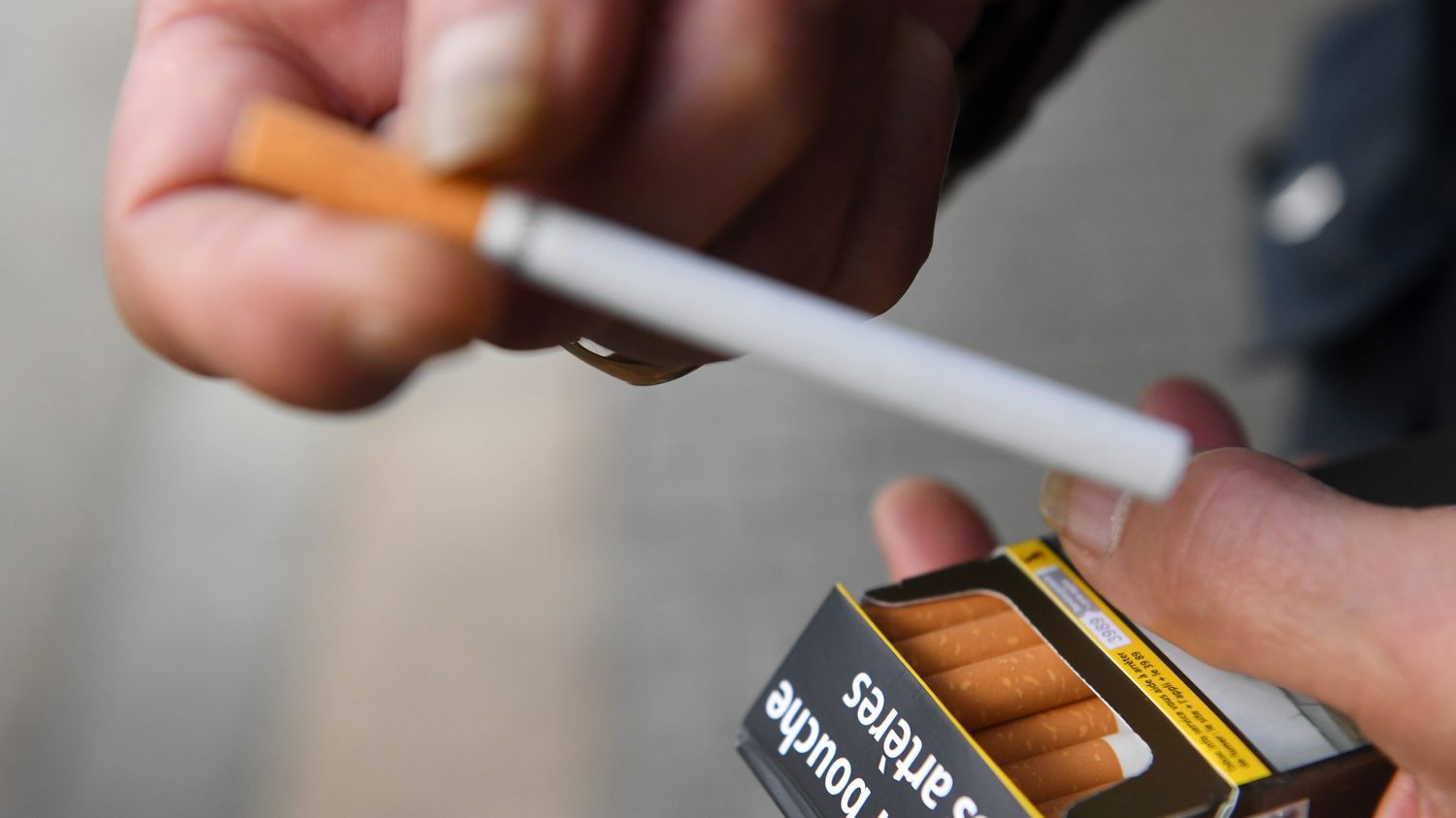According to a study by the League Against Cancer, 85% of young adults aged 18-34 are exposed to tobacco consumption on the Internet.

Published
Reading time: 1 min

While May 31 marks World No Tobacco Day, a survey* by the League Against Cancer reveals that 85% of young people aged 18 to 34 are exposed to the promotion of tobacco in content accessible on digital platforms ( social networks, photos, videos, films, series…).
The trend is even stronger for the so-called “Z” generation, since 93% of 18-24 year olds say they are exposed.
Still according to this survey, this content makes almost one in two young adults (46%) want to smoke. The League Against Cancer recalls that tobacco consumption constitutes the leading cause of avoidable mortality, with 75,000 deaths, including 45,000 from cancer, each year in France.
“These young people are exposed to the valorization of the act of smoking and its trivialization”explains Yana Dimitrova, prevention manager at the League against Cancer, speaking to Wendy Bouchard in “Ma France” on France Bleu. “This goes against what we advocate, namely that cigarettes must completely disappear from our environment so that, precisely, the youngest no longer consume this product.”reports Yana Dimitrova.
According to Yana Dimitrova, it is necessary “that society evolves and denormalizes smoking”. An act that must be “collective and societal”. The World Health Organization recalls that 37 million young people aged 13 to 15 use tobacco worldwide. WHO calls for May 31 to be made a day for “protect children from interference by the tobacco industry”.
*Methodology: this survey was carried out online in May 2024, in France, based on five closed questions. The definition of the sample was established in order to provide a representative sample of the French population in accordance with the objectives of the study via the quota method. Sample size: 1,002 respondents aged 18 to 34, representative of the national population.
